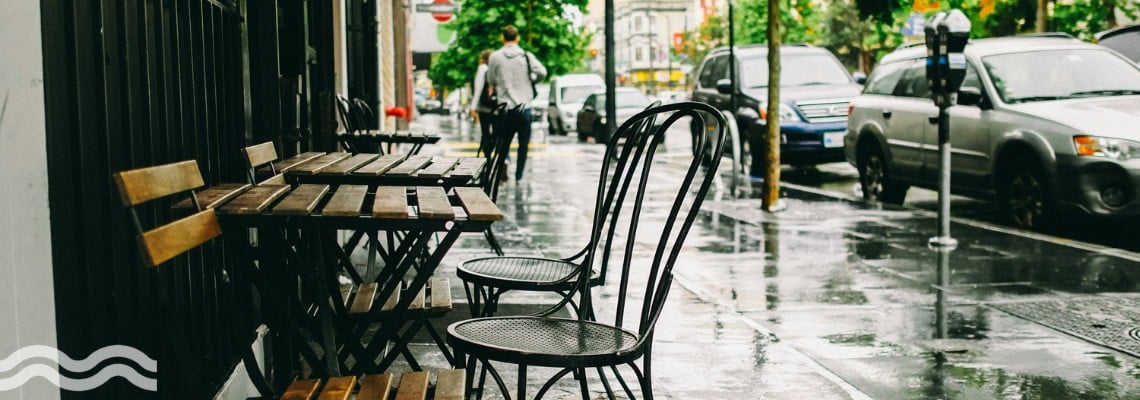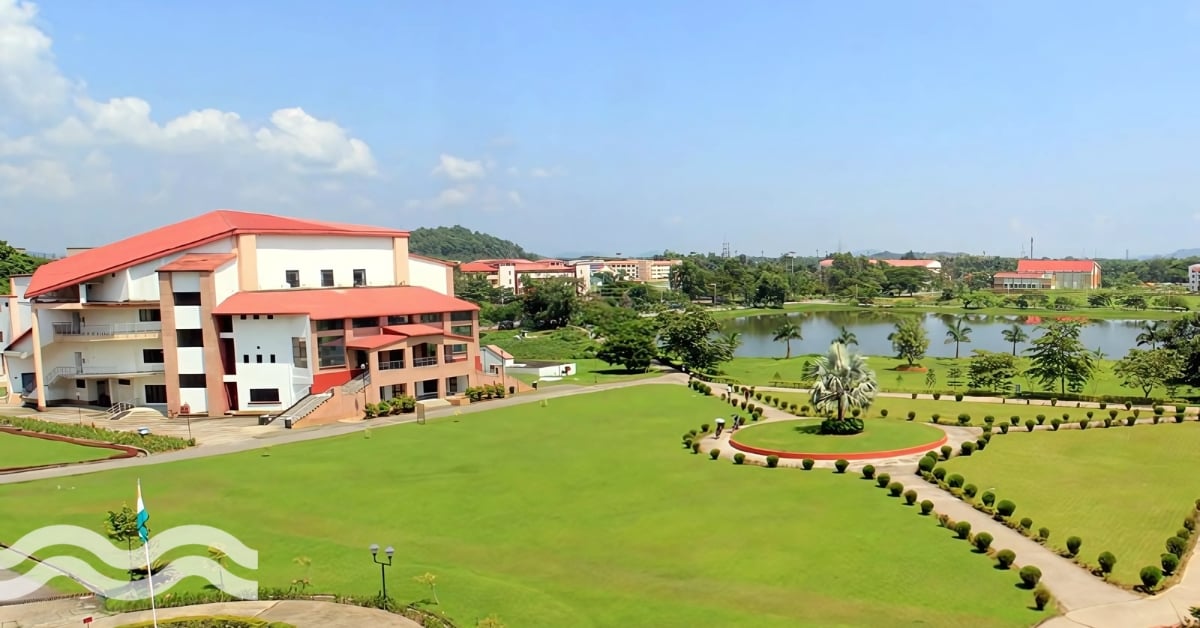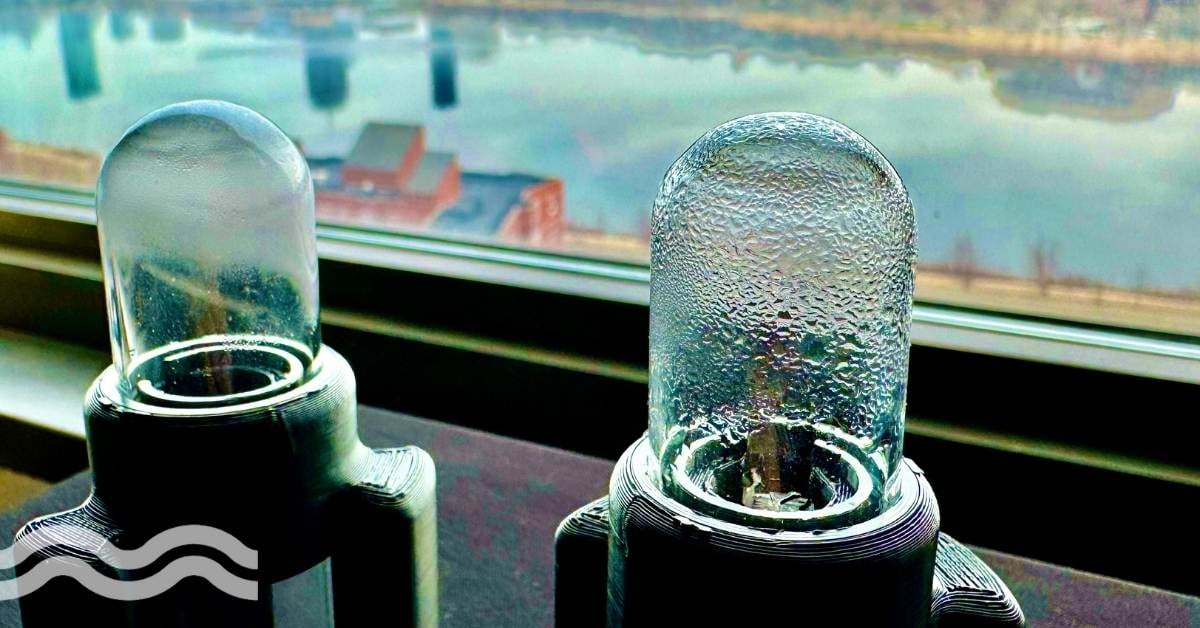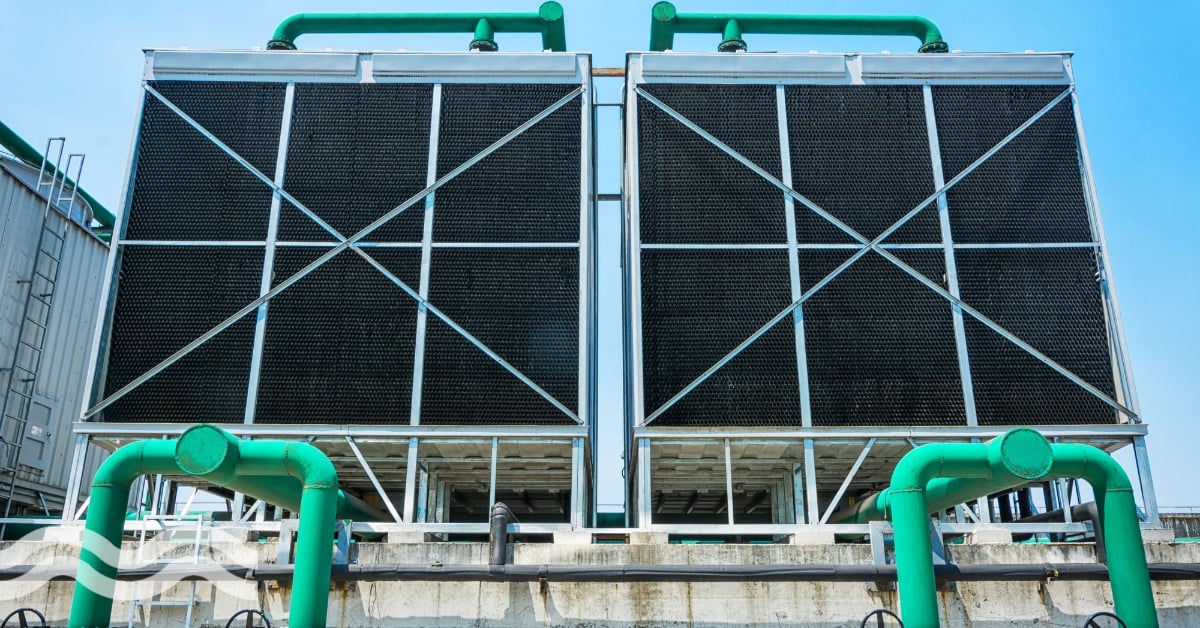Investors back aquifer-boosting permeable concrete

Green manufacturer AquiPor Technologies Inc raised €994,000 after its latest crowdfunding drive to continue developing its patent secured permeable concrete technology that allows rainwater to permeate through its structure to reach the ground beneath, avoiding run-off.
Concrete that works like soil
With the growing use of non-permeable surfaces in buildings and urban developments, there is a real need for both nature-based and tech solutions to help mitigate the effects of flooding from heavy or prolonged rainfall, especially in urban areas.
AquiPor Technologies Inc has developed ‘concrete’ that mimics the porous nature and filtration abilities of soil. The concrete can replace traditional paved surfaces, effectively, becoming a stormwater management tool. It manages water where it lands, rather displacing it to storm drains and tanks that are often unable to cope with the volumes and frequencies of rainfall we are experiencing.
In other parts of the world, where rainfall is scarce, water that would normally filter through to aquifers is often lost because of ageing infrastructure.
AquiPor’s concrete allows water from the surface and moves it slowly through its structure and into the ground. Not only does this avoid overwhelming the current infrastructure, but it also helps the rain soak through to find local aquifers.
Removing pollution
Non-permeable surfaces create run-off, filled with pollution, that can help to overwhelm wastewater infrastructure, causing untreated wastewater and sewage to be spilled into rivers and other ‘clean’ water bodies.
The permeable concrete features a very small pore size through which the water travels, which can help to filter out dirt, debris and some pollutants.
What is permeable concreate made from?
AquiPor’s permeable concrete does use traditional Portland cement and does not require energy intensive plants to make it. The company estimates that the process requires 80 per cent less CO2 to produce than other forms.
The patented technology has links to research from the 1990s into chemically-binded ceramics that could be used to tie up industrial and radioactive waste.
The construction not only produces substantially less CO2 than traditional concrete, but it’s also eco-credentials are furthered by being made from ‘industrial by-products’ sourced directly from mines and does not require additives or admixtures.
The company states that it took ‘1000s of attempts and adjustments to arrive at our project ready mix’ and following its latest crowdfunding round is developing the technology further to create a range of strengths and permeabilities for use in different environments, whether commercial, residential, or municipal.
Crowdfunding success
The company’s latest crowdfunding success means it has raised just under €3.4 million from 721 investors, with a valuation of €47.5 million.


